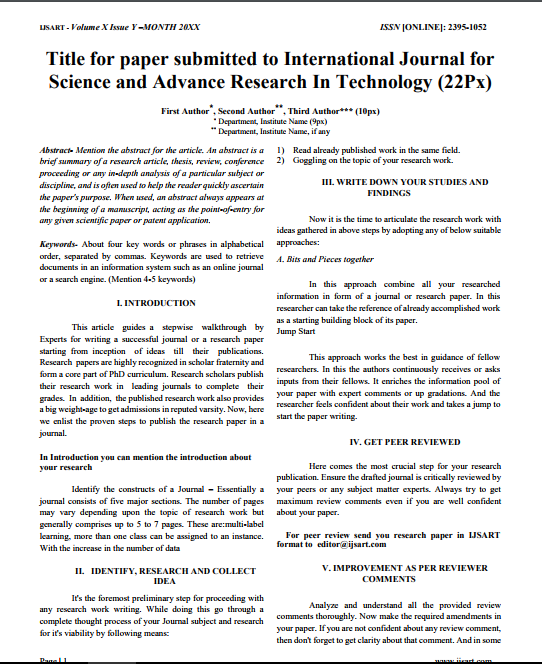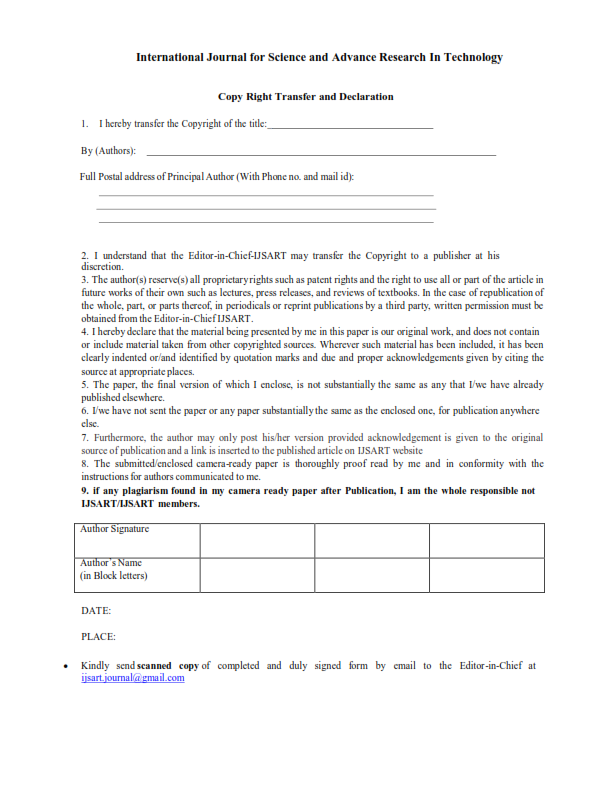Optimization of process parameters for resistance spot welding process |
Author(s): |
| Shubham Anil Pawar |
Keywords: |
| Resistance spot welding, mildsteel, Optimisation, Process parameters. |
Abstract |
|
The automotive industries choose resistance welding for manufacturing. Because, of the great advantages this process has to offer. The first advantage is speed. When over 5000 welds need to be made in a typical car, a process where each weld takes less than a second is of great importance. The process is also adaptable to robotic manipulation so the speed is extremely fast. It is excellent for the sheet metals used in automotive construction and because no filler metal is needed. The complex wire feed systems in many arc welding processes are avoided. The contact resistance between the two pieces of sheet metal to be joined is much higher than the bulk resistance of the copper electrodes or of the sheet metal itself. Therefore, the highest resistive heating occurs between the two pieces of sheet metal. As current continues to flow, melting occurs and a weld nugget is formed between the two sheets. On termination of the welding current, the weld cools rapidly under the influence of the chilled electrodes. This causes the nugget to re-solidify, joining the two sheets of metal. Resistance spot welding is used extensively because it is a simple, inexpensive, versatile process. Hence, this paper is directed towards the optimization of process parameter of resistance spot welding process. After considering all the parameters this study represents the systematic approach the effect of process parameter (Electrode force, current and weld time) on the nugget diameter and Tensile shear strength of resistance weld joint of low carbon steel used in automobile car bodies for D- Grade as per IS 531 :1994. |
Other Details |
|
Paper ID: IJSARTV Published in: Volume : 3, Issue : 5 Publication Date: 5/3/2017 |
Article Preview |
|
Download Article |


